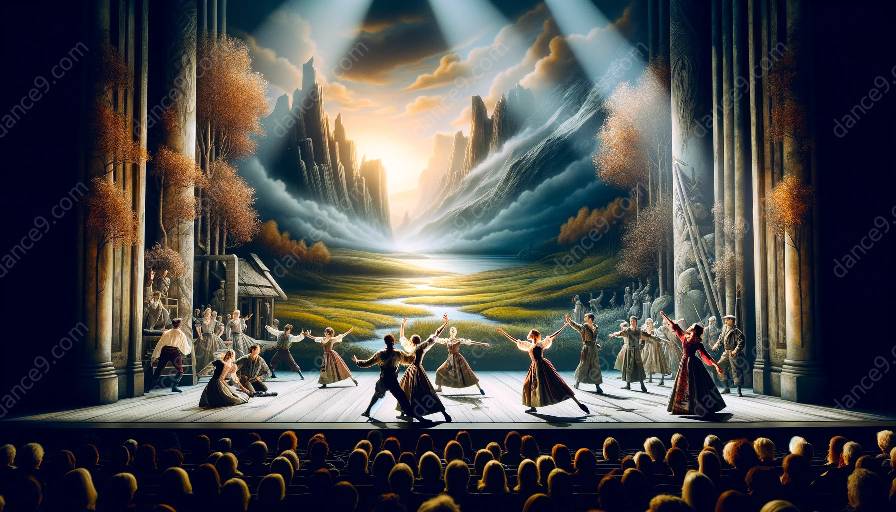Narrative choreography has the power to break traditional gender roles in dance by presenting diverse and multifaceted portrayals of gender through movement, storytelling, and character development. This approach challenges stereotypes, fosters inclusivity, and promotes the celebration of gender diversity within the realm of dance.
Challenging Stereotypes Through Narrative Choreography
Narrative choreography provides a platform to challenge and deconstruct traditional stereotypes associated with gender in dance. By exploring themes of identity, expression, and human experience, choreographers can create stories that defy the narrow confines of conventional gender roles. Through innovative movement vocabulary and character development, narrative choreography allows dancers to embody and express a wide spectrum of gender experiences, opening up new possibilities for self-expression and representation.
Depicting Multidimensional Characters
Narrative choreography offers the opportunity to depict multidimensional characters who transcend traditional gender constraints. By developing complex and layered personas within choreographic work, dancers can authentically and sensitively portray diverse gender identities and expressions. Through nuanced storytelling and character development, choreographers can challenge the binary and simplistic representations of gender, fostering an environment where dancers can fully embody the richness and diversity of human experience through movement.
Promoting Inclusivity and Diversity
Through narrative choreography, the dance community can actively promote inclusivity and diversity by showcasing a wide range of gender experiences and narratives. By embracing non-binary, transgender, and gender-nonconforming perspectives, choreographers can create works that resonate with audiences from diverse backgrounds and identities. This inclusivity fosters a sense of belonging and empowerment within the dance community, encouraging individuals to express themselves authentically and contribute to a more vibrant and diverse artistic landscape.
Empowering Through Representation
Narrative choreography empowers dancers to authentically represent their own lived experiences and challenges societal norms and expectations surrounding gender in dance. By amplifying the voices and stories of underrepresented genders, choreographers can contribute to a more equitable and inclusive dance ecosystem. This representation not only enriches the art of choreography but also serves as a catalyst for social change, promoting acceptance, understanding, and respect for all gender identities.
Conclusion
Narrative choreography has the potential to break traditional gender roles in dance by embracing diversity, challenging stereotypes, and promoting inclusivity. Through the power of storytelling, character development, and multidimensional portrayals, choreographers can create a more equitable and inclusive dance landscape, where all gender identities are celebrated, respected, and represented authentically.






































